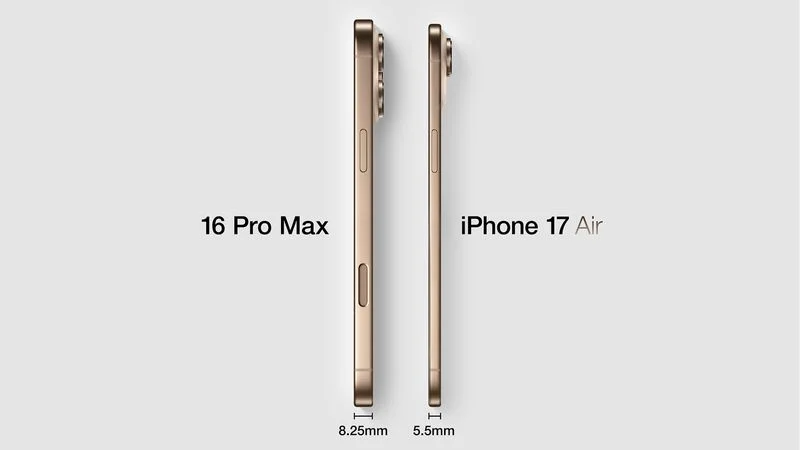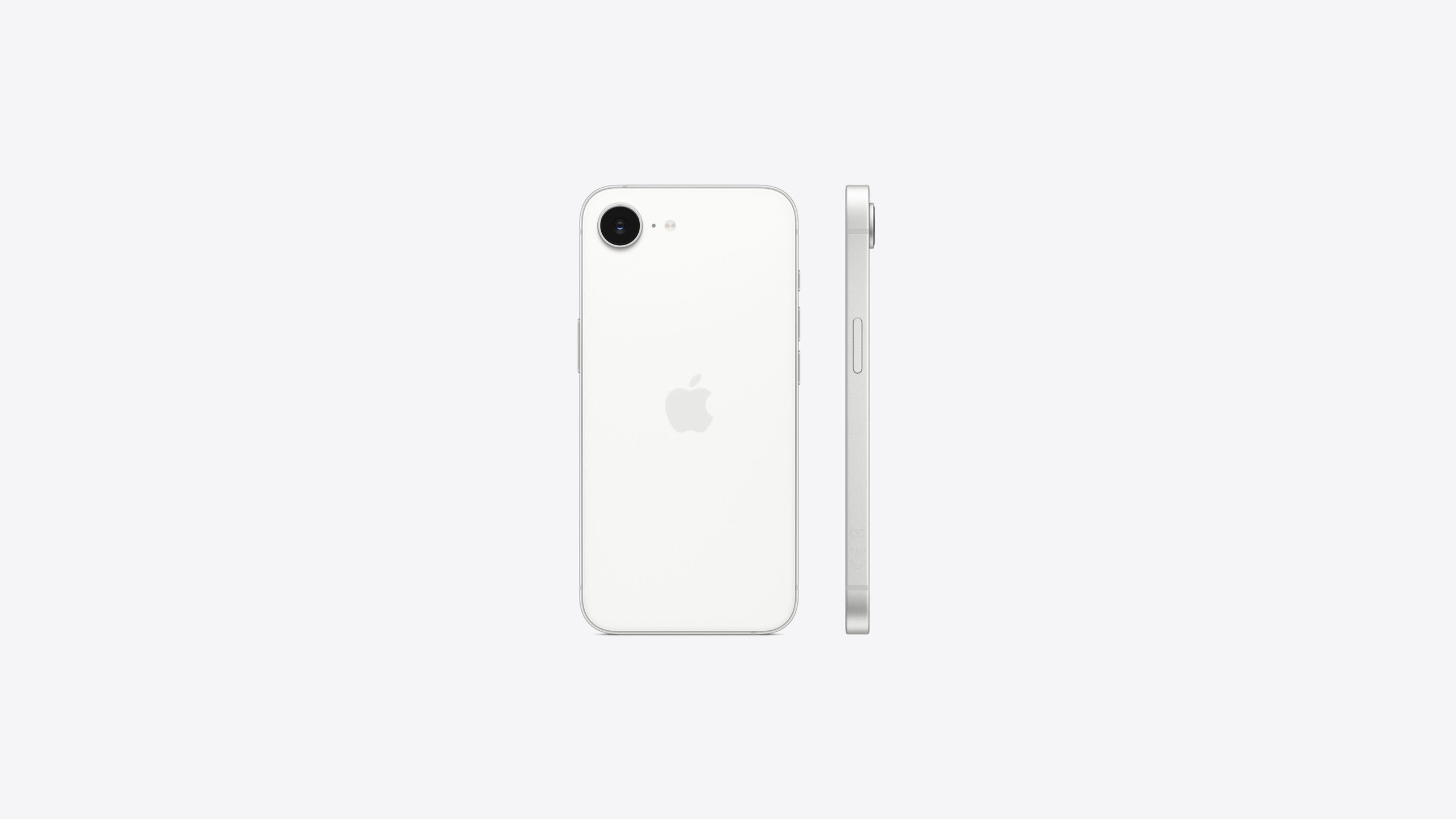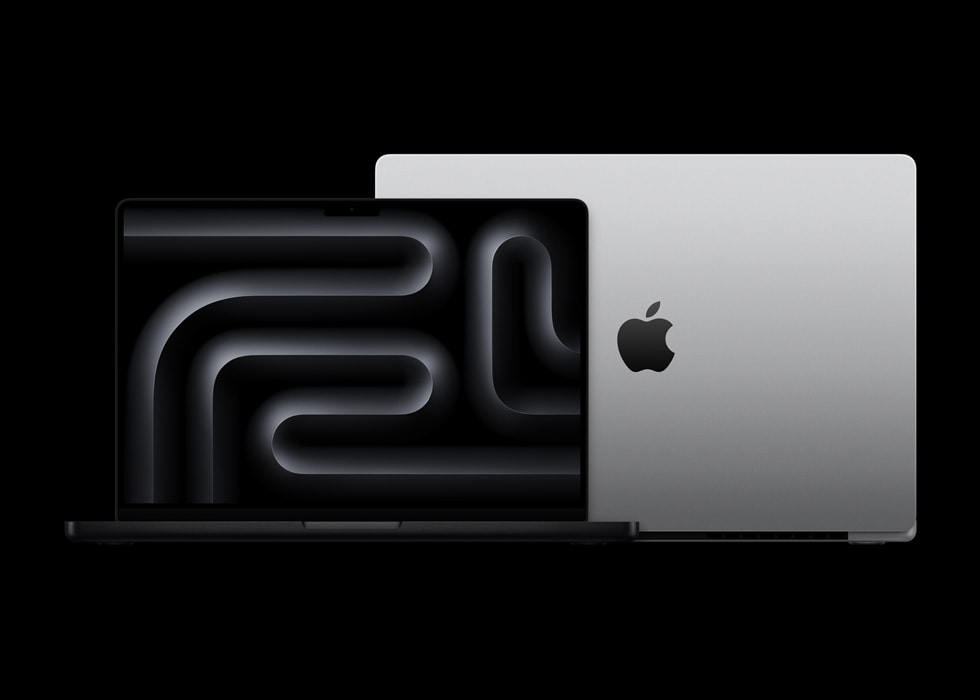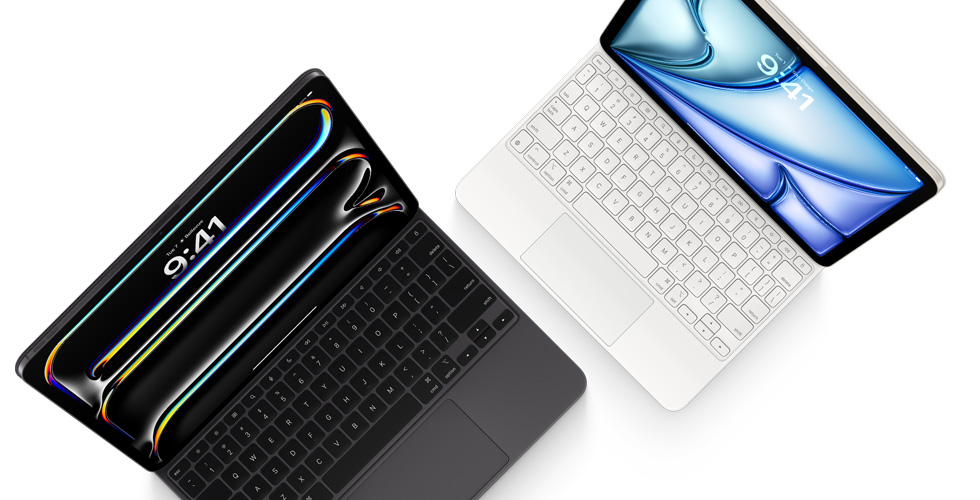Apple recently shared news about its budget-friendly iPhone 16e, along with fresh MacBook Air and Mac Studio models powered by M4 and M3 Ultra chips. With those out of the way, let’s take a peek at what else might pop up from Apple this summer.
Apple’s Summer 2025 Highlights
We’re crossing our fingers for updates in at least three product areas before summer ends. Nothing’s set in stone, but here’s what’s on our radar.
Smart Home Hub
Apple’s cooking up a new gadget to control your smart home, kind of like a central command station. Picture an iPad-style device that could hit shelves as early as 2025, according to Bloomberg’s Mark Gurman. That said, he’s hinted that delays might push it later into the year, tied to updates in iOS 18.4 or iOS 19. Another expert, Kuo, predicts a release between April and September 2025. Gurman added in February that it’s still a few months off.
Mac Pro
The Mac Pro is due for a summer 2025 refresh, per Gurman. Originally, folks thought it’d get the shiny new M4 Ultra chip, but the recent M3 Ultra launch in the Mac Studio has people second-guessing. Apple’s M4 Max chip doesn’t support a beefier Ultra version down the road, so the next Mac Pro might stick with the M3 Ultra—Apple’s fastest chip yet, they say.
AirTag 2
Apple’s planning a new AirTag for mid-2025, Gurman reports, though another source bets on May or June. This upgraded tracker will boast a better chip for pinpointing locations, possibly the second-gen Ultra Wideband chip from the iPhone 15. To tackle stalking concerns, the speaker will be harder to yank out. The look won’t change much, but its range might stretch further for sharper tracking.
iOS 19
Apple will show off iOS 19 at its June 2025 developer event, with a full rollout in September alongside the iPhone 17. The word is that iOS 18 work is slowing iOS 19 down, so new features might trickle out like they did this year. One rumor hints at a Camera app redo with a visionOS-inspired style—think see-through buttons and a focus on content. A smarter Siri is in the works, too, but it might not arrive until iOS 20, says Gurman.







